As winter sets in, it’s time for homeowners to turn their attention to the readiness of their homes for the cold months ahead. The winter season brings unique challenges that can impact the comfort, safety, and efficiency of a residence. In this blog post, we’ll explore the specific aspects of a home inspection that are crucial for preparing a residence for the winter season, ensuring a cozy and secure haven during chilly temperatures.
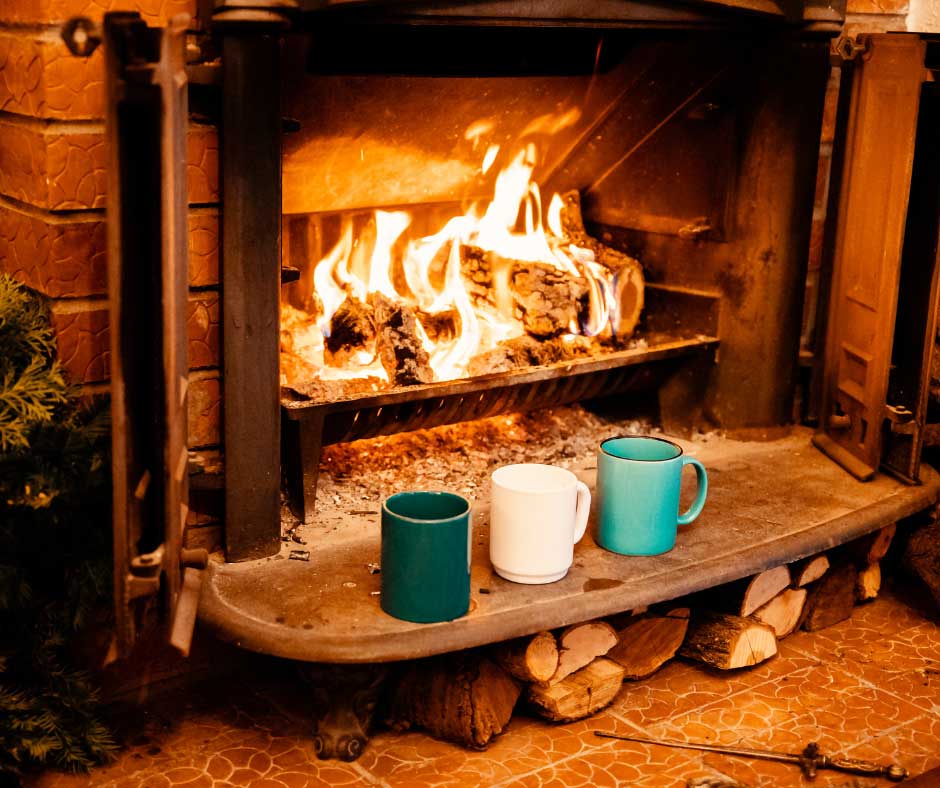
1. Heating System Checkup:
The heart of any winter-ready home is a well-functioning heating system. A professional inspection of your furnace or heat pump ensures that it’s running efficiently, minimizing energy waste and preventing unexpected breakdowns during the coldest days.
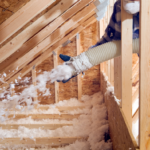
2. Insulation Inspection:
Evaluate the insulation in your home, focusing on areas such as the attic, walls, and crawl spaces. Adequate insulation helps retain heat, reducing energy bills and keeping your home comfortably warm.
3. Window and Door Seals:
Inspect window and door seals for any gaps or drafts that could let cold air in. Weather stripping or replacing worn-out seals can make a significant difference in maintaining a consistent temperature inside.
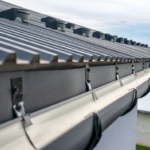
4. Roof and Gutters Examination:
A thorough inspection of the roof ensures there are no leaks or damaged shingles that could lead to water infiltration. Additionally, clean out gutters to prevent ice dams, which can cause water backup and potential damage.
5. Chimney and Fireplace Safety Check:
If you have a fireplace, have the chimney inspected for creosote buildup or blockages. Ensure the damper is functioning correctly and that there are no cracks in the chimney structure.
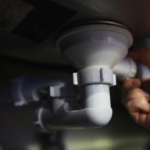
6. Pipes and Plumbing Assessment:
Cold temperatures can lead to frozen pipes, which can burst and cause significant damage. Insulate exposed pipes and consider having a professional inspect the plumbing system to prevent winter-related issues.
7. Carbon Monoxide and Smoke Detectors:
Winter often means increased use of heating appliances, so it’s crucial to ensure that carbon monoxide and smoke detectors are in working order. Change the batteries and test each detector to guarantee the safety of your household.
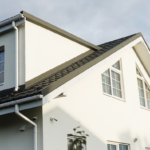
8. Exterior Wall Inspection:
Check the exterior walls for any cracks or gaps. Sealing these openings not only keeps the cold air out but also prevents pests from seeking warmth inside your home.
9. Landscaping and Tree Maintenance:
Trim overhanging branches and clear debris from your yard. Heavy snow or ice can weigh down branches, posing a risk to your home’s exterior. Proper landscaping maintenance helps prevent potential damage during winter storms.

10. Thermostat Calibration:
Calibrate your thermostat for optimal energy efficiency. Consider investing in a programmable thermostat to regulate temperatures based on your daily routines, saving energy when you’re away and ensuring comfort when you’re at home.
A winter-ready home starts with a comprehensive inspection that addresses specific aspects crucial for the cold weather. By taking the time to assess and address these areas, homeowners can create a comfortable and secure environment that withstands the challenges of winter. Schedule your winter home inspection today and enjoy a cozy season ahead!
